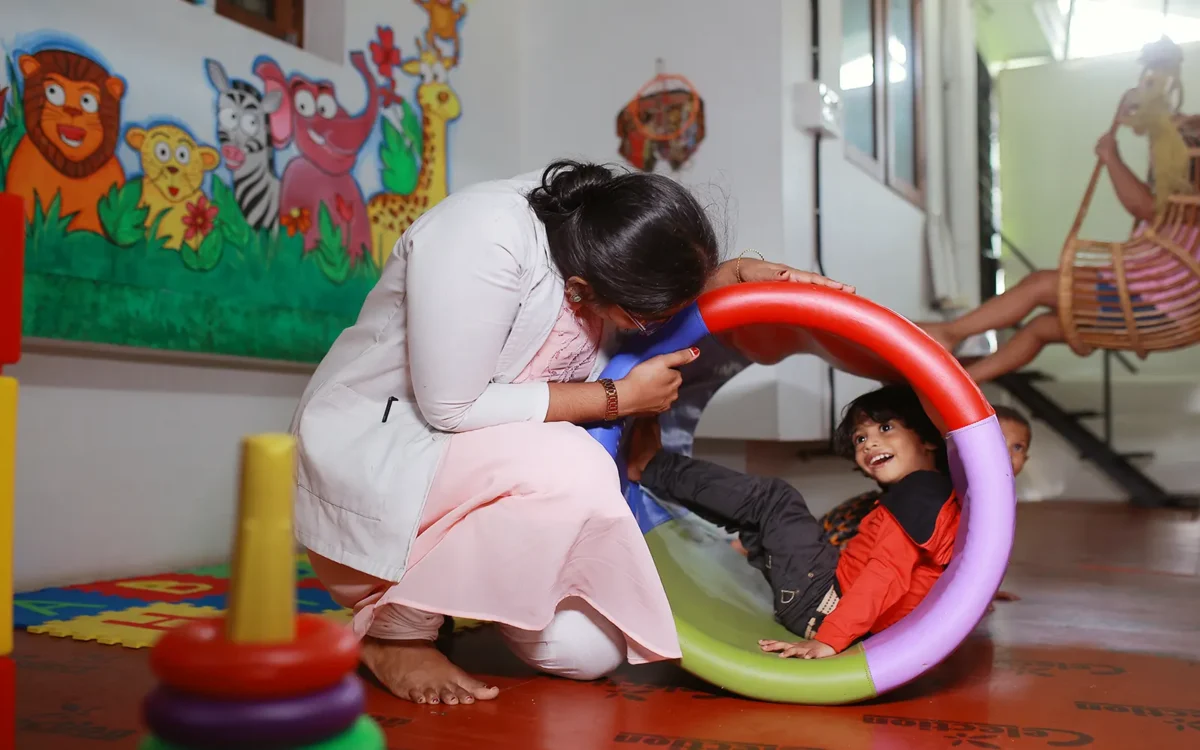
How Effective Are Occupational Therapy Group Activities for Kids
Occupational therapy group activities have gained significant attention for their role in supporting children’s development. These activities are designed to address various developmental challenges, including those faced by children with autism and other conditions. This article explores the effectiveness of occupational therapy group activities for kids, providing insights into their benefits, methods, and impact on child development.
Benefits of Occupational Therapy Group Activities
Occupational therapy group activities offer numerous benefits for children. These activities help in enhancing social skills, improving motor functions, and fostering emotional regulation. Children engage in structured group settings where they can practice and develop essential life skills in a supportive environment.
Enhancing Social Skills
One of the primary benefits of occupational therapy group activities is the enhancement of social skills. Children learn to interact with peers, share, take turns, and follow group instructions. These interactions are crucial for developing communication skills and building friendships.
Improving Motor Functions
Group activities in occupational therapy often involve physical tasks that help improve fine and gross motor skills. Activities such as Basic Functional Play Activity Examples for Kids are commonly used to develop hand-eye coordination, balance, and overall physical fitness.
Fostering Emotional Regulation
Participating in group activities can significantly aid in emotional regulation. Children learn to manage their emotions, cope with frustration, and develop patience. Occupational therapists use various strategies to help children understand and express their emotions appropriately.
Methods Used in Occupational Therapy Group Activities
Occupational therapists employ various methods to facilitate group activities. These methods are tailored to meet the specific needs of the children and can include sensory integration activities, play-based interventions, and social skills training.
Sensory Integration Activities
Sensory integration activities are designed to help children process and respond to sensory information. These activities can include tactile play, movement-based exercises, and auditory processing tasks. By engaging in these activities, children can improve their sensory processing abilities.
Play-Based Interventions
Play-based interventions are a cornerstone of occupational therapy. Therapists use play to create engaging and meaningful activities that promote development. Through play, children can practice problem-solving, creativity, and cooperation.
Social Skills Training
Social skills training in occupational therapy groups focuses on teaching children how to interact effectively with others. This training can include role-playing, group discussions, and collaborative tasks. By participating in these activities, children learn essential social behaviors and communication strategies.
Impact of Occupational Therapy Group Activities on Child Development
The impact of occupational therapy group activities on child development is profound. These activities not only address specific developmental challenges but also contribute to overall growth and well-being.
Building Confidence and Self-Esteem
Through successful participation in group activities, children build confidence and self-esteem. Achieving goals and receiving positive feedback from peers and therapists boosts their self-worth and encourages further participation.
Promoting Independence
Occupational therapy group activities promote independence by teaching children essential life skills. They learn to perform tasks independently, make decisions, and take responsibility for their actions.
Supporting Academic Performance
Improved motor skills, social interactions, and emotional regulation contribute to better academic performance. Children who participate in occupational therapy groups often show improvements in concentration, behavior, and overall school readiness.
Examples of Effective Occupational Therapy Group Activities
There are various examples of effective occupational therapy group activities that therapists use to support children’s development. These activities are designed to be fun, engaging, and therapeutic.
Group Games and Sports
Group games and sports are excellent for promoting physical fitness and teamwork. Activities such as relay races, obstacle courses, and team sports help children develop coordination, strength, and social skills.
Art and Craft Activities
Art and craft activities provide a creative outlet for children while improving fine motor skills. Activities such as painting, drawing, and sculpting allow children to express themselves and develop hand dexterity.
Music and Movement Sessions
Music and movement sessions are used to enhance sensory processing and motor skills. Children participate in singing, dancing, and playing musical instruments, which helps improve rhythm, coordination, and auditory processing.
The Role of Occupational Therapy at Home
Occupational therapy at home can complement group activities by providing consistent support in a familiar environment. Parents can work with therapists to develop a home-based plan that reinforces the skills learned in therapy sessions.
Creating a Supportive Home Environment
Creating a supportive home environment involves setting up spaces that encourage play and learning. This can include designated areas for sensory activities, quiet zones for relaxation, and accessible tools for independent tasks.
Incorporating Daily Activities
Incorporating daily activities into the therapy plan helps children apply their skills in real-life situations. This can include tasks such as dressing, cooking, and organizing, which promote independence and problem-solving abilities.
Parental Involvement and Training
Parental involvement is crucial for the success of occupational therapy at home. Therapists provide training and resources to help parents support their children’s development effectively. This collaboration ensures that therapy continues beyond the clinic.
Occupational Therapy Autism Goals
For children with autism, occupational therapy focuses on specific goals that address their unique needs. These goals are tailored to improve communication, sensory processing, and adaptive skills.
Improving Communication Skills
Communication skills are a primary focus in occupational therapy for children with autism. Therapists use various techniques to enhance verbal and non-verbal communication, including picture exchange systems, social stories, and role-playing.
Enhancing Sensory Processing
Sensory processing challenges are common in children with autism. Occupational therapists use sensory integration techniques to help children manage sensory input and improve their responses to sensory stimuli.
Developing Adaptive Skills
Developing adaptive skills involves teaching children how to perform daily tasks independently. This can include self-care activities, such as dressing and grooming, as well as social and recreational skills.
The Future of Occupational Therapy Group Activities
The future of occupational therapy group activities looks promising, with ongoing research and innovation driving improvements in therapy techniques and outcomes. Advances in technology, increased awareness, and a growing emphasis on holistic care are shaping the future of occupational therapy.
Technology Integration
Technology integration in occupational therapy is enhancing the effectiveness of group activities. Tools such as virtual reality, interactive apps, and teletherapy platforms are providing new ways to engage children and track progress.
Research and Evidence-Based Practices
Ongoing research is crucial for developing evidence-based practices in occupational therapy. Studies on the effectiveness of various techniques and interventions help therapists refine their approaches and improve outcomes for children.
Holistic and Inclusive Approaches
Holistic and inclusive approaches are becoming more prevalent in occupational therapy. These approaches consider the child’s overall well-being, including physical, emotional, and social aspects, to provide comprehensive care.
In conclusion, Occupational Therapy Groups play a vital role in supporting children’s development. Through structured activities, children can enhance their social, motor, and emotional skills, leading to improved overall growth and well-being. As the field of occupational therapy continues to evolve, the effectiveness of group activities will only increase, offering new opportunities for children to thrive.



